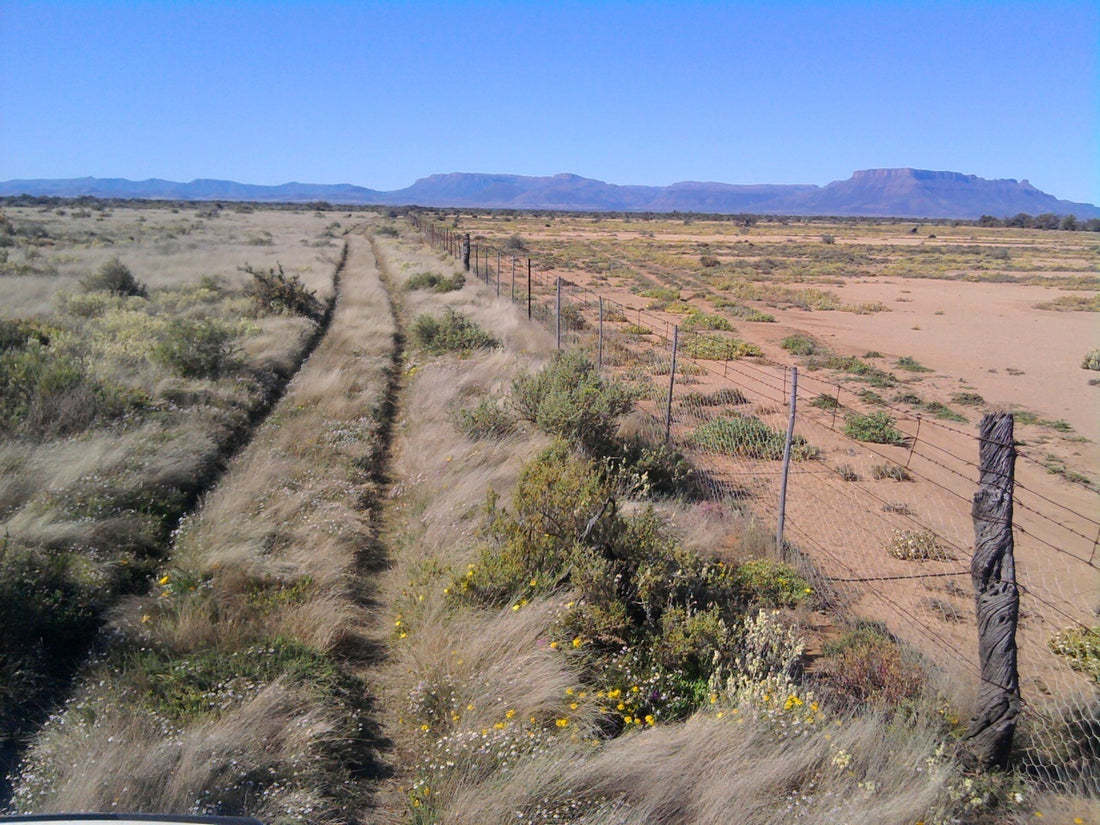What Is Regenerative Grazing?
Force of Nature
Picture This
You’re taking a drive through the Midwest with your family on a Saturday afternoon. The radio is playing some relaxing tunes, the windows are down, the wind is blowing through your hair. Amongst the green-and-yellow fields to your left you see a smattering of dark-brown and black cows. They’re spread out across several acres, one or two here, one or two there. This sight is a common one, and it certainly has elements of the idyllic. But the way those cows are grazing is not ideal. In fact, it goes against their very nature and runs contrary to the way Earth’s ecosystems have coevolved over the course of millions of years—and it’s seriously harming our planet.
Poor grazing practices—along with chemical-heavy farming techniques and deforestation—are one of the most significant contributors to the desertification of our precious ecosystems. They destroy soil and water, leaching carbon from the soil. In fact, poor grazing practices are a direct contributor to climate change, and according the UN’s Food and Agriculture Organization, we may have only between 60 to 100 harvests left before our soil is completely depleted and no longer viable for growing crops.

What Is Regenerative Grazing?
Poor grazing is not necessarily the same as overgrazing. Rather, it’s characterized by keeping animals in one large place for a long time. Until fairly recently, wild grazers lived in densely packed herds, and they moved from place to place very quickly. Regenerative grazing is simply a controlled return to this evolution-based way of grazing, and we’re fortunately seeing it being adopted by more and more of the world’s farmers and ranchers.
How Regenerative Grazing Can Reverse Climate Change
Plants, including grasses, grow in two directions. There’s the visible part that we see above the earth—and that animals eat when they graze—but beneath the soil the plants roots are also always growing.

In regenerative grazing, tall grasses (think hip height or taller), with correspondingly deep roots, are eaten down quickly by a densely packed herd of animals. They are not, however, eaten all the way to the ground, as in traditional grazing, which would make it difficult for the plants to recover. Rather, they’re eaten down to about a foot before the animals are moved to a new location, and the roots die back to match the new length of the plants. This dying back of the roots leaves the old dead plant matter to decay in the soil, and when organic matter decays, it turns into carbon.
At the same time, because the herds are densely packed, they break up the soil with their hooves—think of it as natural tilling—while also fertilizing the soil with their waste.

Once the herd is moved to graze in a new location, the grass, and its roots, grow back. The grass is allowed to grow tall again, back to at least hip height, which happens quickly because the soil is nutritionally rich and naturally fertilized, before the animals are brought back to that location.
Put simply, regenerative grazing can be classified as any grazing that adds organic matter to the soil, leaving the soil as good as or better than how the rancher found it. Regenerative grazing is essentially a carbon-negative process: carbon is removed from the air via photosynthesis and then returned to the soil, rather than the atmosphere, both via decaying plant matter and fertilizing animal waste. Thus, regenerative grazing can be a solution to climate change, rather than a contributor. Applied strategically, it can be implemented to revitalize grasslands and revive dying ecosystems, returning our planet to the self-renewing state in which it was always meant to thrive.

Working with ranchers to convert their land to regenerative grazing practices is the most crucial part of our mission at Force of Nature.